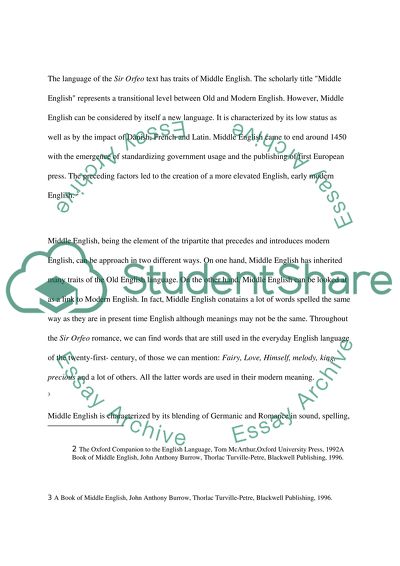Cite this document
(“Middle English Language Book Report/Review Example | Topics and Well Written Essays - 3000 words”, n.d.)
Retrieved from https://studentshare.org/english/1508593-middle-english-language
Retrieved from https://studentshare.org/english/1508593-middle-english-language
(Middle English Language Book Report/Review Example | Topics and Well Written Essays - 3000 Words)
https://studentshare.org/english/1508593-middle-english-language.
https://studentshare.org/english/1508593-middle-english-language.
“Middle English Language Book Report/Review Example | Topics and Well Written Essays - 3000 Words”, n.d. https://studentshare.org/english/1508593-middle-english-language.


